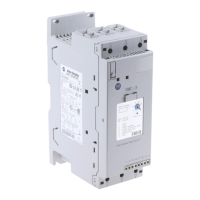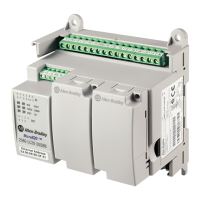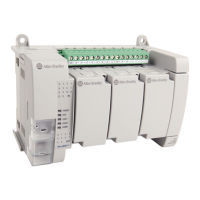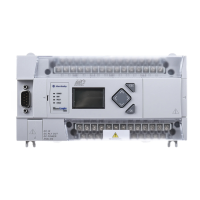14 Rockwell Automation Publication 856T-UM001B-EN-P - April 2021
Chapter 2 IO-Link Overview
Real-time Diagnostics and Trending
• Real-time monitoring of the entire machine down to the IO-Link device
level
• Optimized preventative maintenance-identify and correct issues before
Anomaly can occur
• Detect IO-Link device malfunctions/Anomalies
IO-Link Device Status
• Real-time monitoring verifies that IO-Link devices are operating
correctly
• Detect damaged IO-Link device and pinpoint their exact location for
quick troubleshooting through Application-Specific Name parameter
Device Profiles and Automatic Device Configuration
• Device configurations are stored in the IO-Link master module
• Multiple configurations can be stored in controller to support changes in
machine production, for example tool changes
• Within minutes instead of hours, modify sensor parameters to produce
different finished goods
Descriptive Tags
• Faster programming during initial setup
• More efficient troubleshooting process-data tags are named based on the
information they provide
• Easily monitor device data though intuitive tag names
How IO-Link Works? IO-Link delivers data over the same standard field cabling used today. By
connecting an IO-Link device to an IO-Link master, the field-device data and
diagnostics are accessible. So, go beyond detecting products on the machine-
now the health of the machine can be monitored as it runs.
Figure 5 - Typical IO-Link Wiring
Pin Signal Remark
1L+ 24V
2 Out Depends on sensor
3L- Ground
4C/Q
Communication/
switching signal
IMPORTANT It is possible that the response time of an IO-Link system is not fast
enough for high-speed applications.

